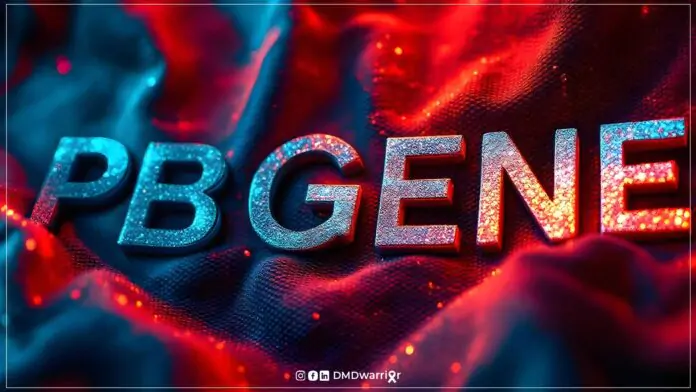Precision BioSciences a clinical stage gene editing company utilizing its novel proprietary ARCUS® platform to develop in vivo gene editing therapies for diseases with high unmet need, today announced updated additional preclinical data further validating the scientific rationale supporting the rapid development of PBGENE-DMD, the Company’s first-in-class in vivo gene editing approach for Duchenne muscular dystrophy (DMD), towards first-in-human clinical investigation.
Table of Contents
New Preclinical Data for PBGENE-DMD
- New preclinical data for the PBGENE-DMD final clinical candidate demonstrates an increase in dystrophin positive muscle cells across key muscle types, potentially driven by editing of muscle satellite cells –
- PBGENE-DMD is a first-in-class in vivo gene editing approach for up to 60% of Duchenne Muscular Dystrophy patients, specifically those impacted by dystrophin mutations in the ‘hot spot’ region between exons 45-55 –
- Precision targeting to submit an Investigational New Drug (IND) and/or Clinical Trial Application (CTA) for PBGENE-DMD in 2025 with clinical data expected in 2026 –
PBGENE-DMD is the first in vivo gene editing program
“In a long-term durability study in a DMD diseased mouse model, we have observed up to a three-fold increase in dystrophin-positive muscle cells between three and nine months in the quadricep, gastrocnemius (calf), heart, and diaphragm. In the gastrocnemius, up to 85% of cells were dystrophin-positive,” said Cassie Gorsuch, PhD., Chief Scientific Officer at Precision BioSciences. “These new data build upon the preclinical data shared at ASGCT in May 2025, demonstrating that PBGENE-DMD treatment resulted in significant and sustained improvement of maximum force output at the same three- and nine-month timepoints. This broad increase in dystrophin-positive cells, along with the increased dystrophin protein detected in tissues, further validates the improved muscle function that was observed over time and may be attributable to edited satellite cells, which were also observed in this study. We believe these results demonstrate the unique potential of the PBGENE-DMD gene editing approach to produce a sustained functional benefit without the need for AAV persistence, which is required of microdystrophin approaches. We look forward to presenting the complete dataset at a future scientific conference. Given the totality of preclinical evidence, we remain excited and steadfast in advancing this program towards clinic.”
PBGENE-DMD: Between Exons 45-55
Currently, there are no approved treatments or treatments in development that significantly improve muscle function over time to beneficially alter the long-term prognosis of DMD. PBGENE-DMD is the first in vivo gene editing program that has the potential to transform the treatment paradigm and deliver durable functional improvement for most patients, as up to 60% of those afflicted carry mutations in the ‘hot spot’ region between exons 45-55. Precision’s approach is designed to permanently edit a patient’s own DNA sequence, resulting in naturally produced, near full-length dystrophin protein known to be functional in humans. The final IND-enabling toxicology studies are currently underway with IND and/or CTA filing targeted in 2025 and initial clinical data expected in 2026. The Company believes that its current cash runway will be sufficient to progress both PBGENE-HBV, its current Phase 1 asset, and PBGENE-DMD through Phase 1 clinical readouts.
Read More: Precision BioSciences PBGENE-DMD Restores Production of Nearly Full-Length Dystrophin Protein
What is PBGENE-DMD?
PBGENE-DMD is Precision’s development program for the treatment of DMD. The approach uses two complementary ARCUS nucleases delivered via a one-time administration in a single AAV to excise exons 45-55 of the dystrophin gene with the aim of restoring near-full length dystrophin protein within the body to improve functional outcomes. PBGENE-DMD is intended to address more than 60% of the DMD patient population.
In preclinical studies, PBGENE-DMD demonstrated the ability to target key muscle types involved in the progression of DMD and produced significant, durable functional improvements in a humanized DMD mouse model. PBGENE-DMD restored the body’s ability to produce a near full length functional dystrophin protein across multiple muscles, including cardiac tissue and various key skeletal muscle groups. In addition, PBGENE-DMD edited satellite muscle stem cells, believed to be critical for long-term durability and sustained functional improvement.



